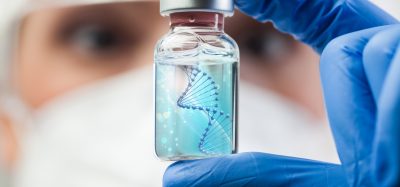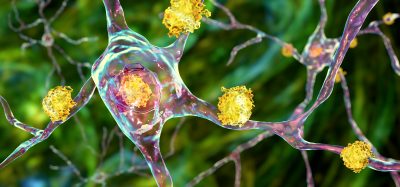CRISPR gene editing could treat sickle cell disease
Posted: 15 August 2016 | Niamh Louise Marriott, Digital Content Producer | No comments yet
Foetal haemoglobin lacks beta sub-units and has gamma sub-units instead. Thus, beta-thalassemia or SCD–associated mutations, which impair the production or function of the beta sub-unit, do not cause problems with foetal haemoglobin, which can transport oxygen effectively in adults…


Scientists have found a way to use CRISPR gene editing to help fix sickle cell disease (SCD) and beta-thalassemia in blood cells isolated from patients, providing proof-of-principle for a new approach to treat common blood disorders by genome editing.
“Our approach to gene editing is informed by the known benefits of hereditary persistence of foetal haemoglobin,” said Mitchell Weiss, MD, PhD, chair of the St. Jude Department of Haematology.
“It has been known for some time that people with genetic mutations that persistently elevate foetal haemoglobin are resistant to the symptoms of sickle cell disease and beta-thalassemia, genetic forms of severe anaemia that are common in many regions of the world. We have found a way to use CRISPR gene editing to produce similar benefits.”
Foetal and adult haemoglobin are two different molecular forms of the essential oxygen-carrying molecule in red blood cells. Haemoglobins are made up of different combinations of four molecular sub-units.
Biomarkers aren’t just supporting drug discovery – they’re driving it
FREE market report
From smarter trials to faster insights, this report unpacks the science, strategy and real-world impact behind the next generation of precision therapies.
What you’ll unlock:
- How biomarkers are guiding dose selection and early efficacy decisions in complex trials
- Why multi-omics, liquid biopsy and digital tools are redefining the discovery process
- What makes lab data regulatory-ready and why alignment matters from day one
Explore how biomarkers are shaping early drug development
Access the full report – it’s free!
SCD and beta-thalassemia are caused by mutations in a gene encoding an adult-expressed sub-unit termed “beta.” Disease becomes apparent after birth as the levels of adult haemoglobin take hold whilst foetal levels decline, affecting the survival of red blood cells and inhibiting oxygen delivery to tissues, causing impaired function of different organs with devastating consequences for patients.
Beta sub-units
Foetal haemoglobin lacks beta sub-units and has gamma sub-units instead. Thus, beta-thalassemia or SCD–associated mutations, which impair the production or function of the beta sub-unit, do not cause problems with foetal haemoglobin, which can transport oxygen effectively in adults.
“Our work has identified a potential DNA target for genome editing–mediated therapy and offers proof-of-principle for a possible approach to treat sickle cell and beta-thalassemia,” added Weiss.
“We have been able to snip that DNA target using CRISPR, remove a short segment in a “control section” of DNA that stimulates gamma-to-beta switching, and join the ends back up to produce sustained levels in adult red blood cells.”
When scientist edited the DNA of sickle cell disease patients, they were able to activate those genes and produce red blood cells that had enough foetal haemoglobin to be healthy.
Human sickle cell disease trials?
At this stage, the scientists emphasise that it is still too early to begin clinical trials of the new gene editing approach. The researchers want to refine further the gene editing process and perform other experiments to minimise potentially harmful off-target mutations before in-human clinical trials are considered.
Related topics
CRISPR, Gene Testing
Related conditions
Sickle cell disease (SCD)
Related organisations
CRISPR Therapeutics
Related people
Mitchell Weiss MD PhD







